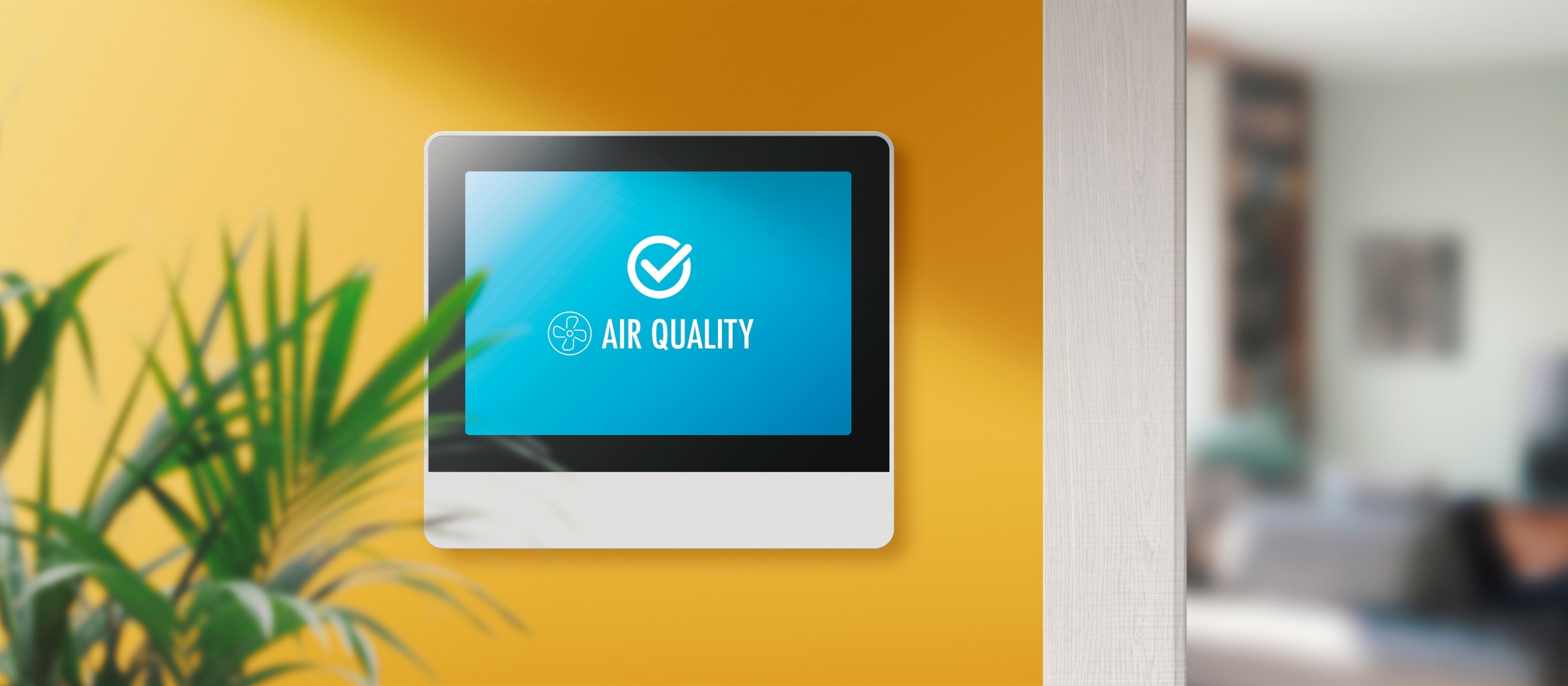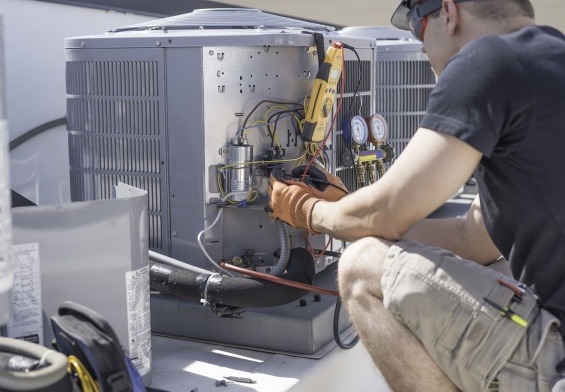New York City Residents spend almost 90% of their time indoors, but too many of them overlook their indoor air quality and the impact it can have on their health. This article covers some of the most common pollutants in NYC homes, how outdoor air influences indoor quality, and the potential health consequences of exposure, while emphasizing the importance of regular indoor air quality inspection in NYC.
Indoor air pollution can come from many sources, including everyday products and tiny particles from outside. Knowing what the sources are is the first step in reducing exposure and creating a healthier environment. When you know the most common pollutants in NYC, you can make targeted changes that support better air quality and health for everyone at home.
Understanding Indoor Air Quality in NYC
There are several factors contributing to indoor air quality, from everyday activities to environmental elements specific to NYC’. The dense layout of the city, combined with the tons of vehicle traffic and industrial activity, means pollutants can get into your home easily. Everyday household items and habits can also add to this mix, creating a multilayered environment of contaminants. Each pollutant carries unique risks, especially for children, the elderly, and those with chronic health conditions. Here are some of the most common indoor pollutants affecting NYC residents:
- Particulate Matter (PM): Created by activities like cooking, cleaning, and even burning candles, particulate matter includes tiny particles that can enter the respiratory system and cause health issues.
- Volatile Organic Compounds (VOCs): VOCs are gases emitted by common household items like paint, furniture, and cleaning supplies, contributing significantly to indoor air pollution.
- Mold and Moisture: Mold spores thrive in humid indoor environments, especially in homes with poor ventilation. Mold exposure can trigger asthma attacks and other respiratory issues, so mold inspection in NYC is equally important.
- Secondhand Smoke: Tobacco and marijuana smoke linger in the air and release numerous toxins. Children and pets are especially vulnerable to the effects of secondhand smoke.
- Carbon Monoxide: An odorless and potentially deadly gas, carbon monoxide is often released from heating systems and appliances, underscoring the need for regular inspection.
- Radon: This radioactive gas can seep into homes through foundation cracks and is one of the leading causes of lung cancer.
Outdoor Air and Its Impact on Indoor Air Quality
New York City’s brings its own unique challenges to indoor air quality. Despite the strides the city has made to reduce pollution, outdoor contaminants like vehicle exhaust, industrial emissions, and construction dust frequently find their way indoors. The city’s compact structure and high population density mean these pollutants don’t have to travel far, and even closed windows and doors can’t fully block them out. Understanding how these outdoor factors contribute to indoor pollution plays a huge role in reducing their impact on home air quality.
While NYC has made some improvements in outdoor air quality, the city’s high density still brings in pollutants from traffic, construction, and industry. Outdoor sources like car exhaust and boiler emissions often seep indoors, adding to existing household pollutants. About 28% of indoor air pollution in NYC homes originates from outdoor sources, including fine particulate matter (PM2.5) and ozone, which can make respiratory conditions and air quality worse.
Health Consequences of Poor Indoor Air Quality
Poor indoor air quality is more than just uncomfortable—it can directly impact health, both in the short and long term. Both brief exposure and chronic, prolonged periods of breathing in pollutants at home can lead to various health issues. Vulnerable groups, like children and the elderly, are particularly susceptible, but everyone can experience harmful effects from poor air quality. Here’s how specific indoor pollutants can affect health:
- Respiratory Issues: Pollutants like PM2.5, VOCs, and mold can trigger respiratory problems, including asthma, chronic bronchitis, and even lung infections.
- Cardiovascular Problems: Exposure to particulate matter and carbon monoxide can lead to serious cardiovascular effects, increasing risks of heart attacks and high blood pressure.
- Nervous System Impacts: Studies link indoor air pollutants to cognitive decline, poor sleep, and neurological disorders like Alzheimer’s disease.
- Increased Cancer Risk: Radon exposure is a top concern, as it’s the second leading cause of lung cancer after smoking. Monitoring radon levels in NYC homes is especially important.
- Children’s Health: Children are especially vulnerable to poor indoor air quality, with pollutants worsening asthma and increasing risks of respiratory infections.
Simple Steps to Improve Indoor Air Quality in Your NYC Home
It’s easier to improve your indoor air quality than you might think. Small adjustments, like ventilating more frequently or using air filters, can have a big impact. By following these steps, you can make the indoor environment safer and healthier for you and your family. Here are some straightforward ways to minimize pollutants:
- Increase Ventilation: Opening windows or using exhaust fans, especially while cooking, helps reduce contaminants and lets in fresh air.
- Use Air Filters: High-efficiency particulate air (HEPA) filters in HVAC systems or portable air cleaners help reduce particulate matter and allergens.
- Manage Humidity Levels: Mold thrives in humid areas. Use dehumidifiers or fans to keep humidity levels balanced and prevent mold growth.
- Choose Low-VOC Products: Opt for low-VOC or natural alternatives in paints, cleaning supplies, and household products to reduce chemical exposure.
- Keep a Clean Home: Regular dusting and vacuuming help remove particulate matter, while frequent washing of bedding helps reduce allergens.
The Importance of Regular Indoor Air Quality Inspections
Maintaining good air quality practices certainly helps, but regular inspections are just as important for uncovering hidden sources of pollution. Radon levels can fluctuate, HVAC systems may need maintenance, and new VOC sources may arise with home improvements or lifestyle changes. Inspections help find these potential issues early, so you can deal with them before they affect your health.
With NYC’s specific environmental challenges, routine indoor air quality inspections in NYC are a smart way to guarantee a safer home environment. Inspections can uncover hidden sources of pollution, like high radon levels or improperly vented appliances, which you can then fix to make your home a healthier place. For high-risk groups, including children, the elderly, and those with chronic health conditions, these inspections can be a big help in keeping them safe and healthy.
Take Charge of Your Indoor Air Quality
Indoor air quality plays a huge role in our overall health and quality of life, especially in a bustling city like New York where outdoor and indoor pollution tend to mix. By identifying sources of pollution, making small changes, and arranging regular inspections, you can improve the air in your home and keep your family healthy. Start with simple steps today, and consider scheduling an inspection to uncover any hidden issues impacting your home’s air quality.
Resources
https://www.health.ny.gov/environmental/indoors/air/
https://www.nyc.gov/site/doh/health/health-topics/indoor-air-quality.page




